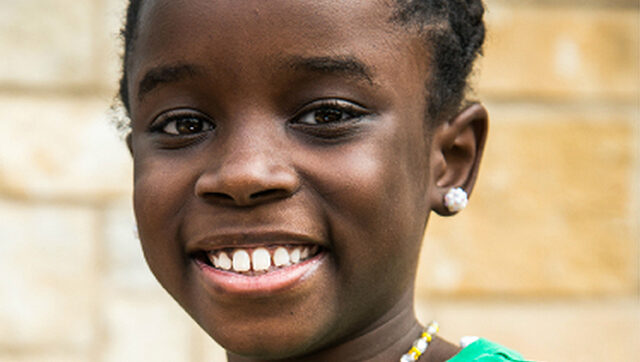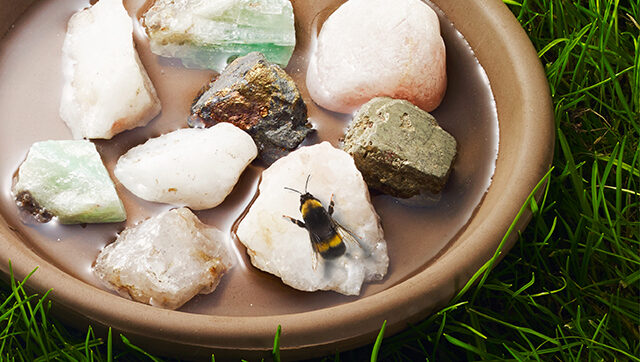If you’re concerned by reports of the sharp decline in pollinator species like bees and butterflies, you’ll likely be bugged by the results of a new study showing substantial loss in the numbers and diversity of other flying insects, including flies and wasps.
Between 1989 and 2016, amateur entomologists used sticky traps to collect flying insects in several nature reserves in three types of habitats across Germany: nutrient-poor heathlands, sandy grassland, and dunes; nutrient-rich grasslands, margins and wasteland; and an area with pioneer and shrub communities.
When the weight of insects in each sample was measured, the data showed an average decline of 76 percent over more than 25 years. Biomass decline was evident across each habitat type.
“Insects make up about two-thirds of all life on Earth [but] there has been some kind of horrific decline,” Dave Goulson, PhD, a professor of biology at Sussex University, UK, who worked on the study, told The Guardian. “We appear to be making vast tracts of land inhospitable to most forms of life, and are currently on course for ecological Armageddon. If we lose the insects, then everything is going to collapse.”
The reduction of insects affects entire ecosystems as they play a central role in pollination and act as important food sources for birds, mammals, and amphibians. Some research estimates that 60 percent of birds rely on insects for food while 80 percent of wild plants rely on them for pollination.
Since the decline in insect biomass was evident throughout the growing season and across all habitat types, the findings suggest large-scale factors are involved.
Researchers note that they didn’t study the full range of possible climate variables — such as drought or lack of sunshine in low temperatures — that could potentially affect insect biomass. They theorize, however, that since many of the nature reserves used to collect samples were enclosed by agricultural areas, had increased fertilizer and pesticide use, and employed year-round tillage, these factors may have played a role in aggravating the loss of flying insects.
Since the samples were collected from conservation areas, the researchers believe there is an increased urgency “to uncover the causes of this decline, its geographical extent, and to understand the ramifications of the decline for ecosystems and ecosystem services.”
In the meantime, the researchers theorize that reducing pesticide use and extending nature reserves away from agricultural areas may have a positive impact on insect populations and the larger ecosystems.
While the results of the study are concerning, there are actions you can take to create an insect-friendly habitat in your own yard and beyond. Here are some suggestions from Braiding Sweetgrass author and biologist Robin Wall Kimmerer, PhD:
- Use your front yard and backyard not for show or a status symbol but to create a landscape that gives back to nature. Providing wildlife, pollinator, and songbird habitat is no small thing given the threats they face. (Try adding a simple bee bath to your garden.)
- Support or get engaged in local habitat restoration at nature centers and parks, and see public lands as sources of well-being and not as sources of oil wells.
- Rather than buying high-carbon foods, eat a climate-friendly diet by doing things like buying locally.
- Most importantly, the way you vote has a huge impact, as does supporting direct action like marches and other advocacy efforts. Raise a ruckus, because if our leaders don’t know how much we care, they won’t do anything!




This Post Has 0 Comments